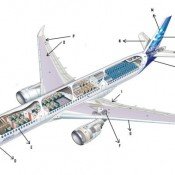Announcement: Aviation English – Inglês para Aviação

Welcome to Global Aviation English’s Blog. Here we will release up to date information about what is happening in the world of Aviation English. We will also share some of our videos, mini lessons, videos and tips for tests and interviews. We have FREE online courses for Pilots, Flight Attendants, Mechanics, Ground Crew and Business Executives at www.globalviationenglish.com. We will be releasing new products and information in the future, so keep in touch! For excellent quality Aviation English lessons, with native English speakers contact: info@globalaviationenglish.com. Add us on Facebook or Like our page: FB Page
___________________________
Bem vindo ao Blog do Global Aviation English. Aqui vamos lançar informações atualizadas sobre o que está acontecendo no mundo da inglês para Aviação. Nós também iremos compartilhar alguns de nossos vídeos, mini aulas e dicas para testes e entrevistas. Temos cursos gratuitos on-line para pilotos, comissários de bordo, mecânicos, tripulação de terra e empresários: www.globalviationenglish.com. Estaremos lançando novos produtos e informação no futuro. Para aulas de inglês para aviação de excelente qualidade, com professores nativos entre em contato: info@globalaviationenglish.com. Adicione-nos no Facebook ou você pode curtir nossa página: Página FB.
























